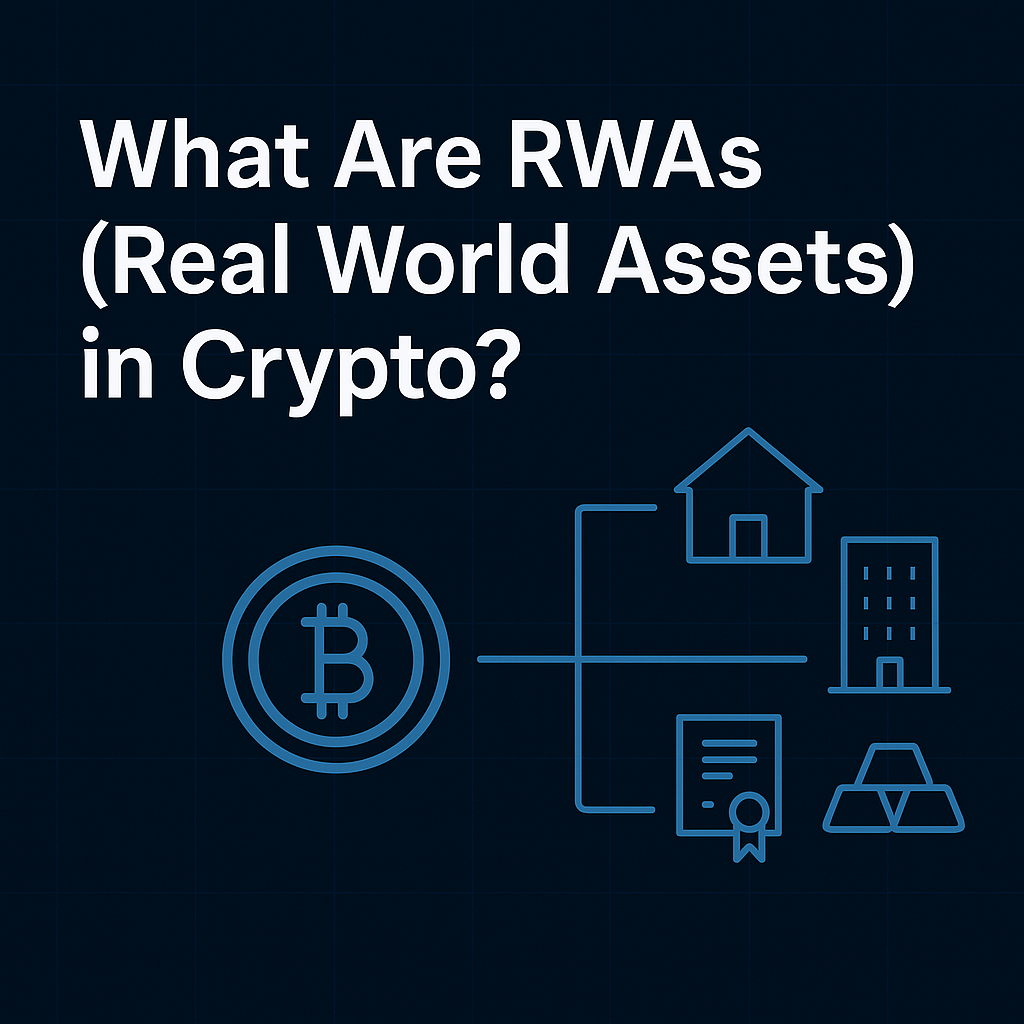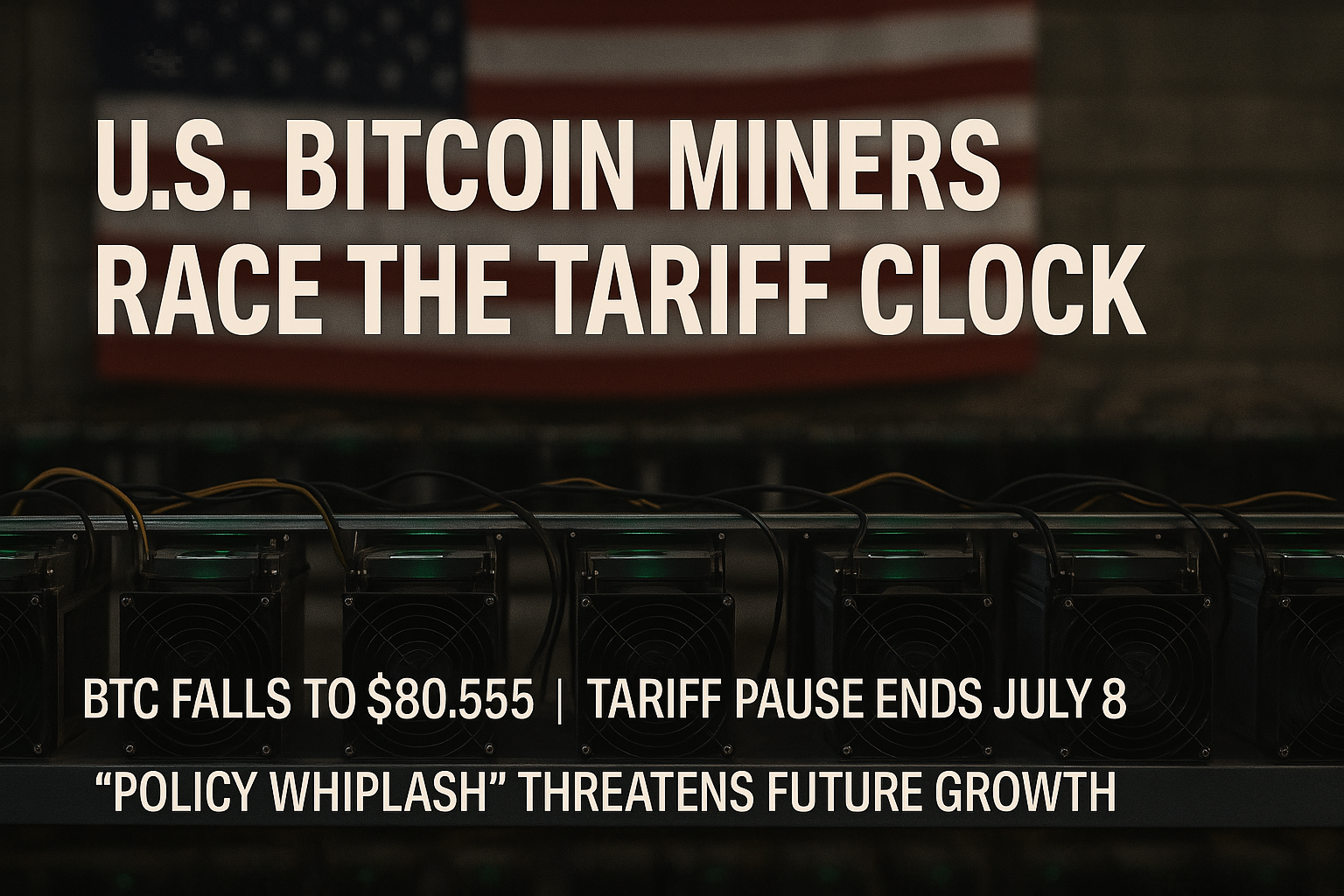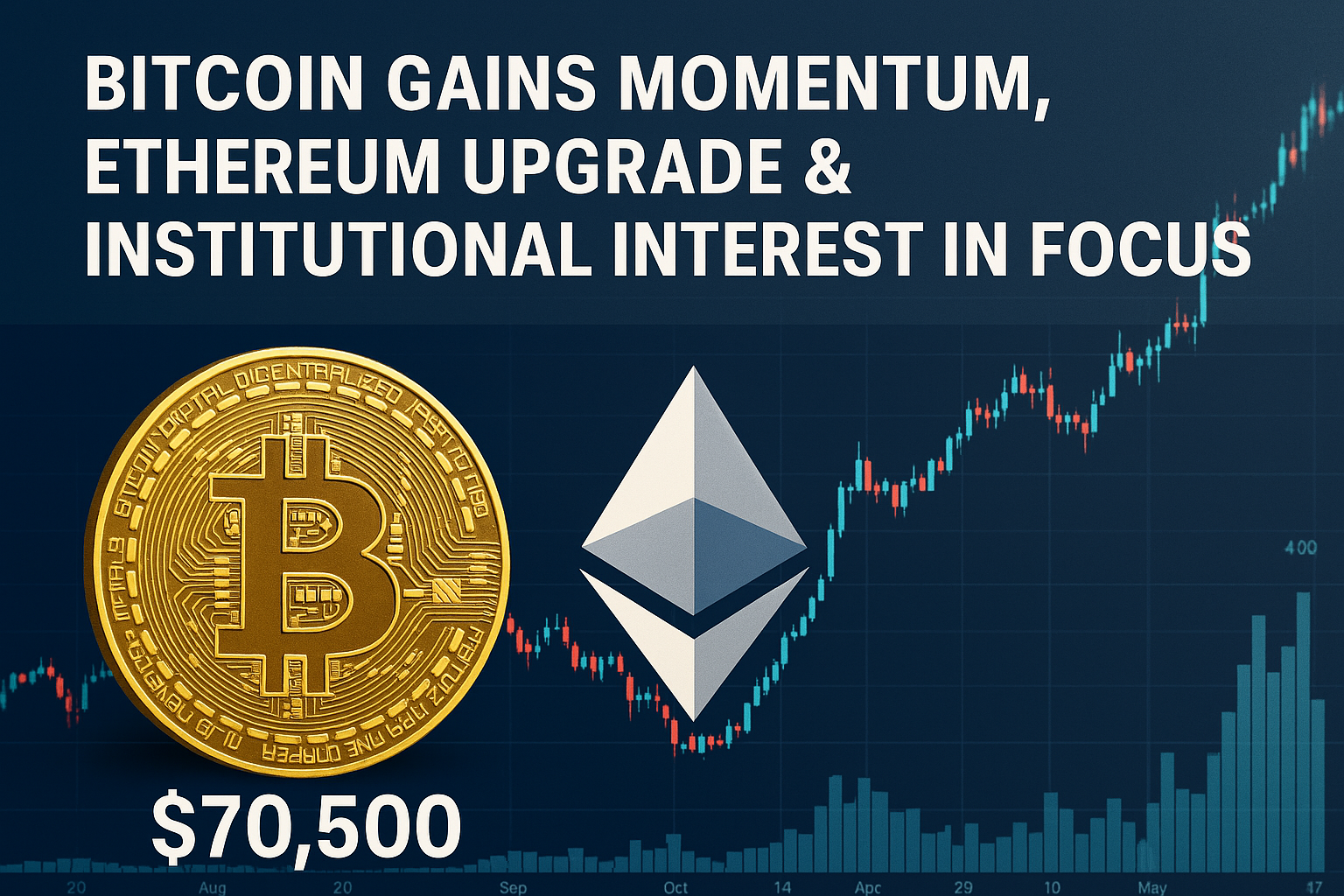In the rapidly evolving landscape of decentralized finance (DeFi), Real World Assets (RWAs) are emerging as one of the most promising frontiers. Bridging the gap between traditional finance and blockchain technology, RWAs unlock trillions of dollars worth of physical and off-chain assets, bringing them into the digital and programmable world of crypto.
Understanding Real World Assets (RWAs)
RWAs refer to tangible or off-chain financial assets that are tokenized and represented on the blockchain. These can include:
- Real estate
- Commodities (gold, oil)
- Bonds and Treasury bills
- Equities
- Invoices and receivables
- Art and collectibles
- Intellectual property
- Carbon credits
Essentially, any asset that exists outside of the blockchain but can hold economic value is a candidate for tokenization as an RWA.
Why Are RWAs Important in Crypto?
Tokenizing RWAs enables them to be traded, fractionally owned, or used as collateral on blockchain-based platforms—bringing much-needed liquidity, accessibility, and efficiency to traditionally illiquid markets.
RWAs make it possible for DeFi protocols to interact with real-world economics, expanding the total addressable market for DeFi and mitigating the over-reliance on crypto-native assets like ETH or stablecoins for lending and borrowing.
Key Benefits of RWAs
- Increased Liquidity
Tokenizing real estate or fine art, for instance, can fractionalize ownership and allow investors to trade these assets 24/7 in global markets. - Broader Access
Retail investors from any part of the world can gain exposure to assets previously accessible only to accredited investors or institutions. - Interoperability
RWAs can be plugged into DeFi protocols, enabling complex financial operations like borrowing, lending, staking, or yield farming using real-world collateral. - Transparency & Auditability
Smart contracts and blockchain ledgers ensure every transaction is verifiable and traceable, reducing fraud and increasing trust.
How RWAs Work in Practice
Tokenizing a real-world asset involves several steps:
- Origination & Legal Wrapping
The asset is identified, valued, and legally structured so that it can be represented digitally. This includes contracts, regulatory compliance, and asset custody. - Tokenization
The asset is converted into a digital token on a blockchain (often an ERC-20 or ERC-721 token, depending on fungibility). - Integration
The token can now be listed, traded, used as collateral, or integrated into DeFi protocols such as Aave, MakerDAO, or Centrifuge. - Ongoing Management
This includes audits, valuation updates, interest/dividend payouts, and legal enforcement mechanisms in the event of disputes or defaults.
Leading Protocols and Players
- MakerDAO: One of the pioneers integrating RWAs like real estate and bonds into its vault system to back the DAI stablecoin.
- Centrifuge: A platform specifically designed to bring RWAs to DeFi by connecting lenders and borrowers using tokenized assets.
- Maple Finance: Offers undercollateralized loans to real-world businesses using tokenized real-world income streams.
- Ondo Finance: Focuses on tokenized securities like U.S. Treasuries with native blockchain access.
Challenges to RWA Adoption
While the vision of RWA tokenization is powerful, the path forward has its share of obstacles:
- Regulatory Uncertainty
Different jurisdictions treat tokenized assets in varied ways, especially concerning securities laws and compliance. - Custody & Enforcement
Ensuring legal ownership and recourse in case of default is complex. Who holds the title to a tokenized home? Can a smart contract enforce foreclosure? - Oracles & Data Integrity
Real-world assets require accurate, real-time pricing and performance data from trusted oracles. - Trust & Standardization
The ecosystem needs more trusted standards and rating systems to build investor confidence.
The Future of RWAs
The momentum behind RWAs is growing rapidly. BlackRock’s interest in tokenized securities, the rise of tokenized U.S. Treasuries, and adoption by major DeFi players signal that RWAs are not a passing trend—they are a cornerstone of the next wave of DeFi.
As regulation matures and blockchain technology continues to evolve, RWAs could lead to a world where everything of value is digitized, democratized, and tradable on-chain—blurring the line between TradFi and DeFi.
Final Thoughts
RWAs are redefining what it means to participate in finance. By transforming how assets are issued, traded, and used as collateral, they offer a unique opportunity to unlock massive value across global markets. From real estate to government bonds, the integration of real-world assets into crypto holds the potential to radically reshape both industries.
If DeFi 1.0 was about decentralizing crypto assets, DeFi 2.0 and beyond is about decentralizing the entire financial world—and RWAs are the key to unlocking that future.




 Bitcoin
Bitcoin  Ethereum
Ethereum  Tether
Tether  XRP
XRP  USDC
USDC  Lido Staked Ether
Lido Staked Ether  TRON
TRON  Dogecoin
Dogecoin  Cardano
Cardano